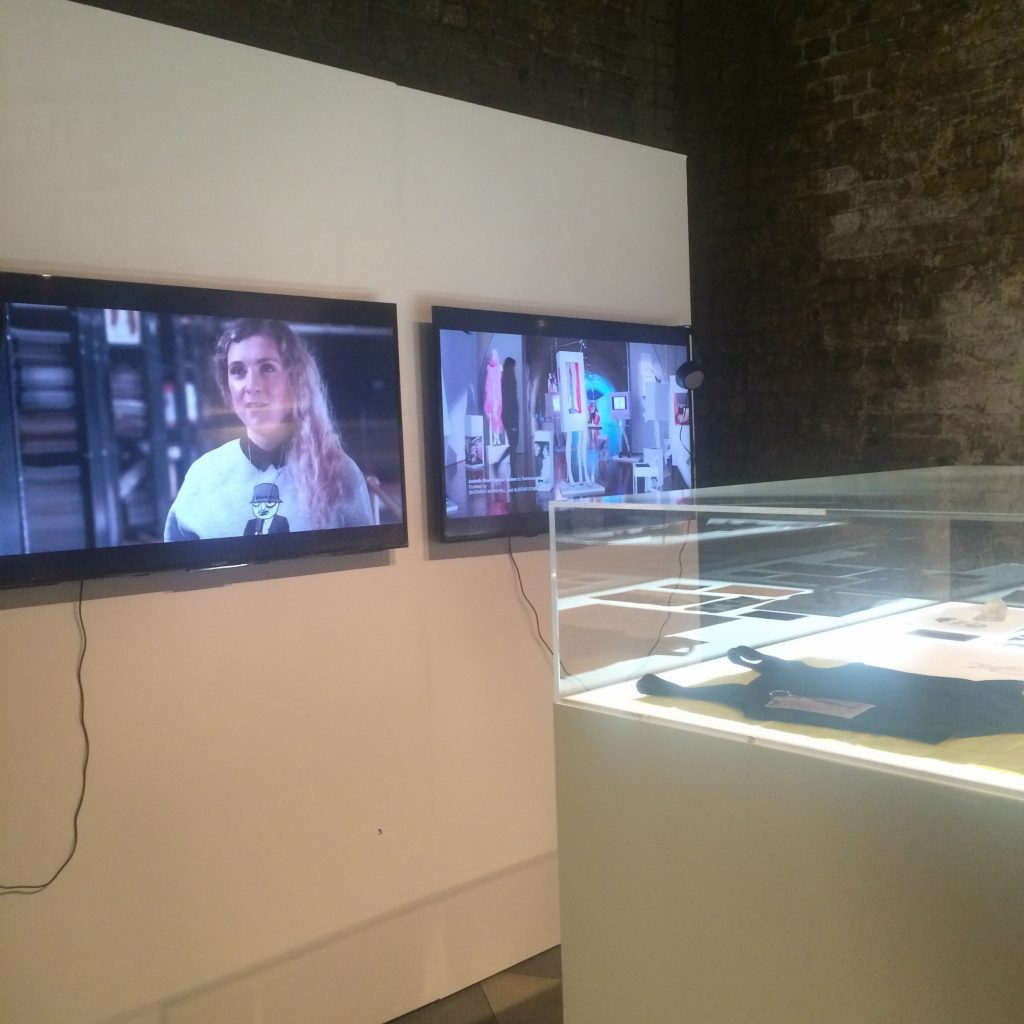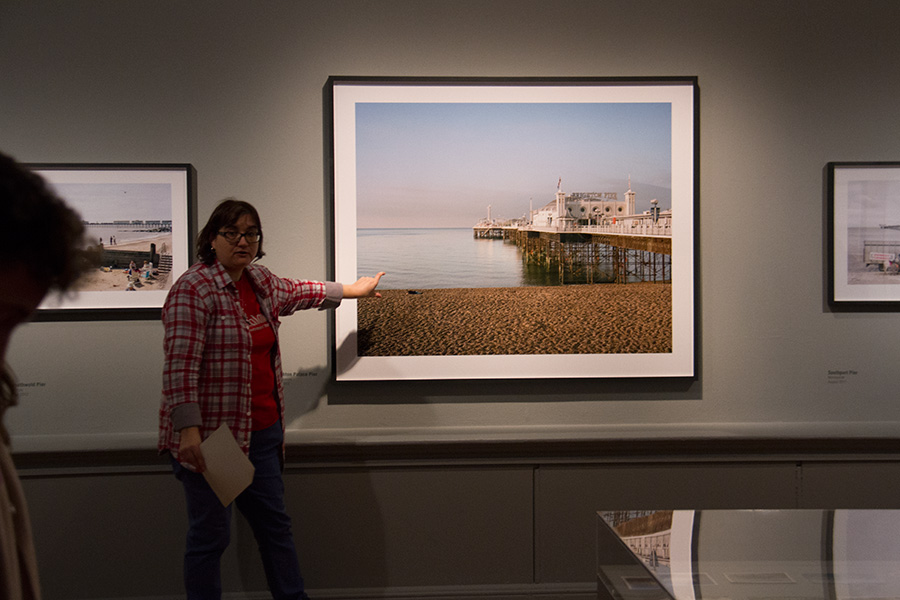Thinking of studying as a mature student? Wendy Fraser, a finalist studying BA (hons) History of Art and Design shares her experiences and celebrates her recent success.

Figure 1 Wendy Fraser and Andrew Davidson, Celebration Event, University of Brighton Grand Parade. Photograph: Philanthropy Department.
In December, I was honoured to receive the Khadija Saye Visual Culture Breakthrough Award 2016/17 for my performance in the second year of my History of Art and Design degree. Khadija Saye, in whose name the award is presented, was a young photographer from London whose work was included in the Diaspora Pavilion at the 57th Venice Biennale in 2017. Tragically, Saye died along with her mother in the Grenfell Tower fire, in the twentieth-floor flat that she also used as her photographic studio.
I am thrilled to have received the award, which is validation for the decision I made to come back to university as a mature student. I wrestled with different ideas of what to embark on next in my life, flip-flopping between a business plan or further education. My first experience at university was embarking on a degree in English Literature and History of Art at Edinburgh University when I was 19. At the time, I regretted the choice of Edinburgh as a University and English Lit as my subject but rather than make changes I left at the end of the first year. Retail jobs led to a career in fashion and giftware wholesale as an Account Manager with trade shows and twice-yearly travel to the Far East, which was creative and fun but ultimately intellectually unfulfilling. After the births of my daughters I juggled lots of part-time jobs to fit in with them – selling on Ebay, baking cakes for cafés, a sales role for a Childrenswear brand and supper club hostess.
I knew that I had not reached my academic potential and it would become a regret if I did not act upon it. The degree programme has exceeded my expectations and I have really appreciated learning about so many different aspects of visual and material culture. It has been a joy to have a legitimate reason to visit so many galleries and museums, rather than just as entertainment. My confidence in my subject has grown incrementally, helped in part by my volunteering roles at Charleston and at the Brighton Museum and Art Gallery, which we were encouraged to do in first year. Amazingly being a ‘mature’ student hasn’t made me feel awkward and my fellow students have been really inspiring – I have learned a lot from them and really enjoy their company.
The Khadija Saye Visual Culture Breakthrough Award was given at a ceremony in the Sallis Benney Theatre where students from across the University received Breakthrough Awards, Merit Awards, International Scholarships, Sports Scholarships, Enterprise and Employability Grants and Santander-funded awards. The donor of my award is Andrew Davidson (pictured with me above), a University of Brighton Alumnus who studied Visual Culture and is now an Education and Communications Consultant. I was awarded £500, which I plan to use towards a trip to the 2019 Venice Biennale, inspired by Khadija Saye’s achievement. This will be my first experience of an international biennial and further my understanding of contemporary art exhibitions. I haven’t been to Venice since I went on a three-week trip to look at as many examples of Titian’s work as I could before enrolling at university first time around, so this will be a memorable and beneficial use of the award money, representing my circuitous journey back to the History of Art.











